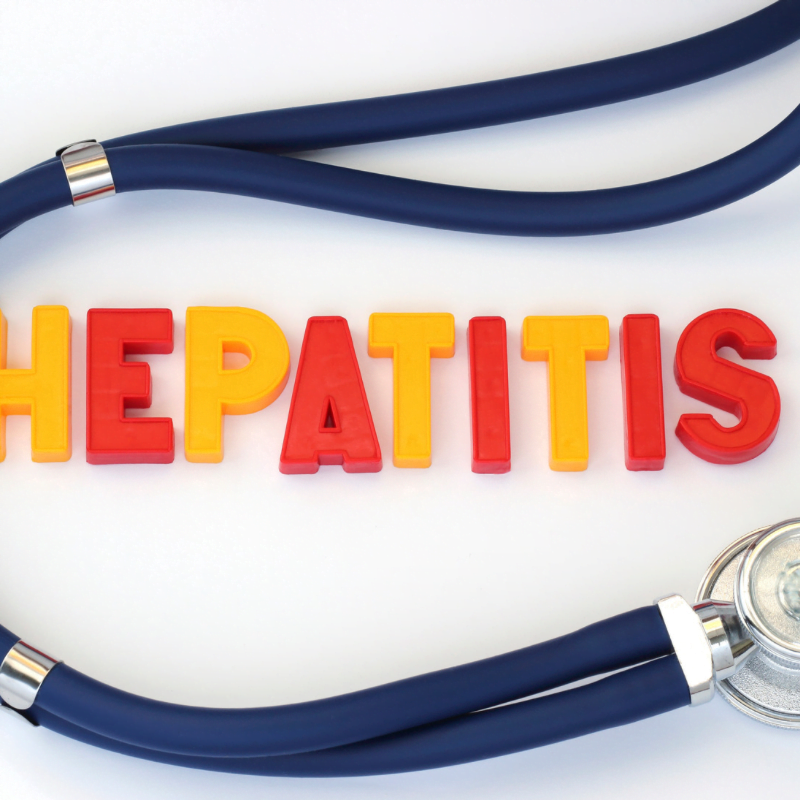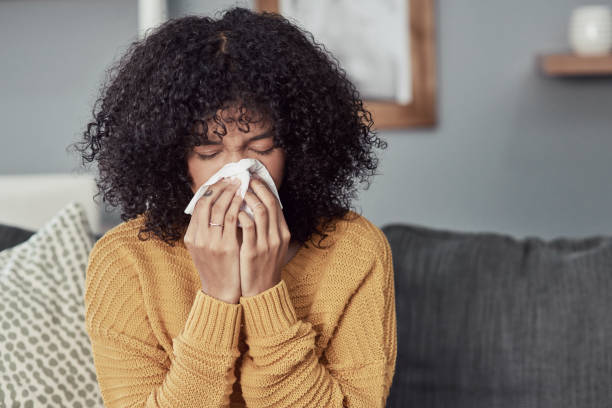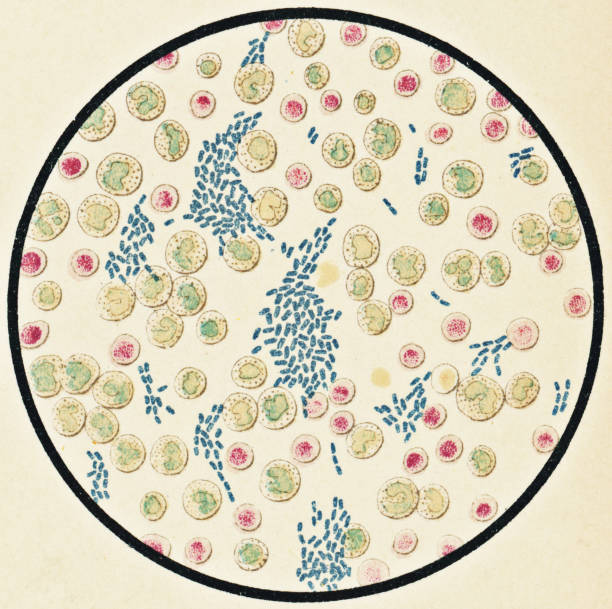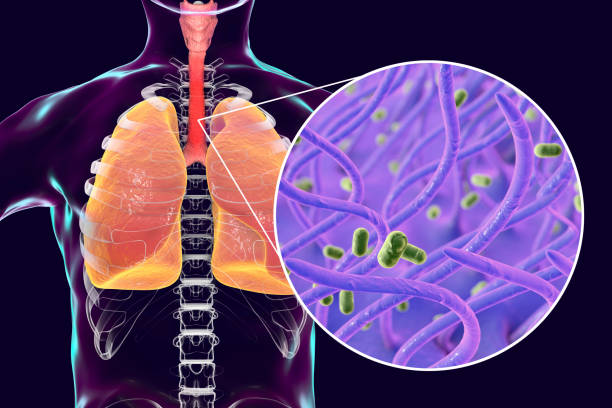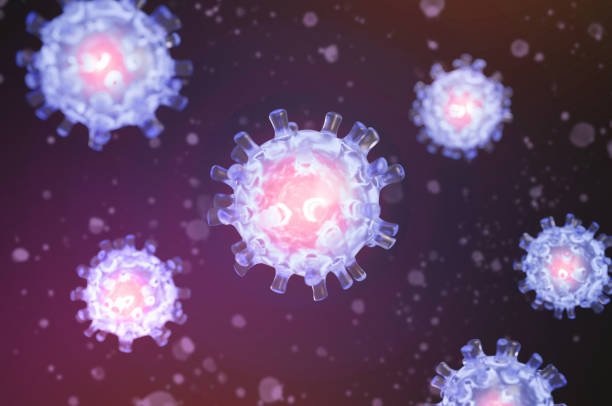World Hepatitis Day 2023
Hepatitis is an inflammatory condition of the liver. It is commonly the result of viral infection, but there are other possible causes of hepatitis which includes autoimmune hepatitis and hepatitis that occurs as a secondary result of medications, drugs, toxins and alcohol. Autoimmune hepatitis is a disease that occurs when your body makes antibodies against your liver tissue.
FIVE MAIN VIRAL CLASSIFICATIONS OF HEPATITIS.
– Hepatitis A; This type of hepatitis is an acute short term disease.
– Hepatitis B; This is often an ongoing, chronic condition.
– Hepatitis C; This is among the most common blood borne viral infections and it presents as a long term condition.
– Hepatitis D; This is a rare form of hepatitis that only occurs in conjunction with hepatitis B infection. The hepatitis D virus causes liver inflammation.
-Hepatitis E; This is a waterborne disease. It is found in areas with poor sanitation and typically results from ingesting fecal matter that contaminates the water supply.
SYMPTOMS OF HEPATITIS
* Fatigue
* Flu-like symptoms
* Dark urine
* Pale stool
* Abdominal pain
* Loss of appetite
* Unexplained weight
TREATMENT
Treatment to prevent hepatitis infection after exposure. If you know you’ve been exposed to the hepatitis virus and aren’t sure if you’ve been vaccinated, call your doctor immediately. An injection of immunoglobulin (an antibody) given within 12 hours of exposure to the virus may help protect you from getting sick with hepatitis. Because this treatment only provides short-term protection, you also should get the hepatitis vaccine at the same time, if you never received it.
Treatment for acute hepatitis infection If your doctor determines your hepatitis infection is acute — meaning it is short-lived and will go away on its own — you may not need treatment. Instead, your doctor might recommend rest, proper nutrition and plenty of fluids while your body fights the infection. In severe cases, antiviral drugs or a hospital stay is needed to prevent complications.
Treatment for chronic hepatitis infection Most people diagnosed with chronic hepatitis infection need treatment for the rest of their lives. Treatment helps reduce the risk of liver disease and prevents you from passing the infection to others. Treatment for chronic hepatitis may include:
*Antiviral medications. Several antiviral medications — including entecavir (Baraclude), tenofovir (Viread), lamivudine (Epivir), adefovir (Hepsera) and telbivudine (Tyzeka) — can help fight the virus and slow its ability to damage your liver. These drugs are taken by mouth.
*Interferon injections. Interferon alfa-2b (Intron A) is a man-made version of a substance produced by the body to fight infection. It’s used mainly for young people with hepatitis B who wish to avoid long-term treatment or women who might want to get pregnant within a few years, after completing a finite course of therapy. Interferon should not be used during pregnancy.
*Liver transplant, If your liver has been severely damaged, a liver transplant may be an option. During a liver transplant, the surgeon removes your damaged liver and replaces it with a healthy liver.
PREVENTION
There are many ways you can reduce your chances of getting hepatitis:
*Get the vaccines for hepatitis
*Use a condom during sex.
*Don’t share needles to take drugs.
*Practice good personal hygiene such as thorough hand-washing with soap and water.
*Don’t use an infected person’s personal items.
*Take precaution when traveling to areas of the world with poor sanitation. (Make sure to get your vaccines.)
*Drink bottled water when traveling.
*It is very important that you take preventive steps too if you work in places like nursing homes, dormitories, daycare centers, or restaurants where there you have extended contact with other people and a risk of coming into contact with the disease.
SUPPLEMENTS FOR HEPATITIS
Milk Thistle
Helps protect the liver cell and reduces inflammation that can damage the liver.
Curcumin
This is a chemical in turmeric, the spice that gives many curries their flavor and yellow hue. It can help the body fight inflammation.
Probiotics
These are beneficial bacteria that help maintain the health of the gut and aid in digestion.
Licorice Root
This root helps to slow the growth of liver cancer.


